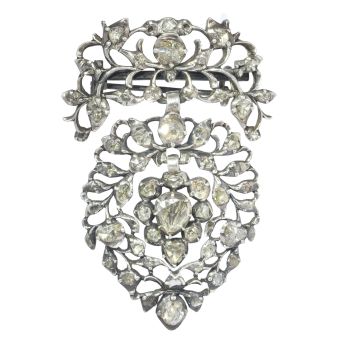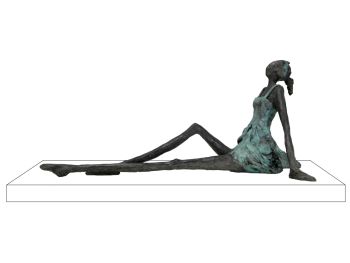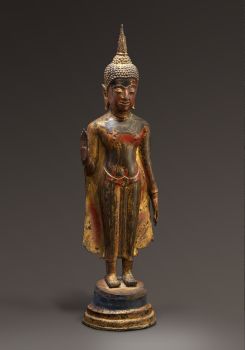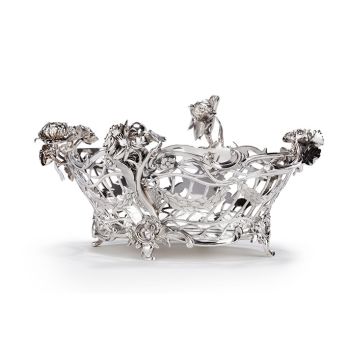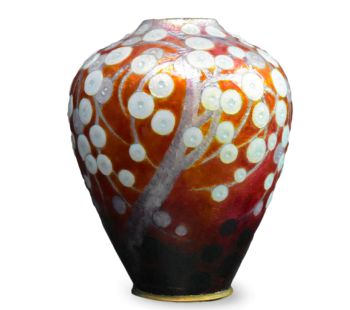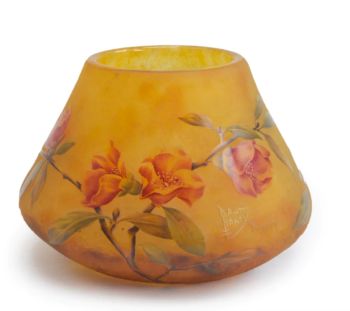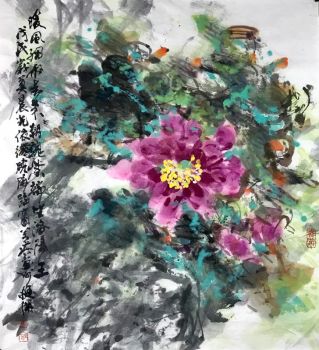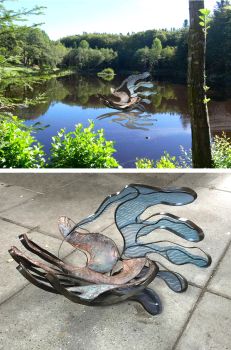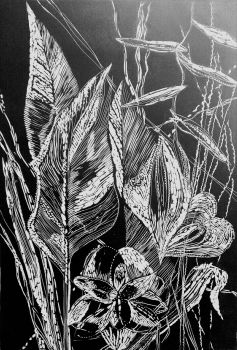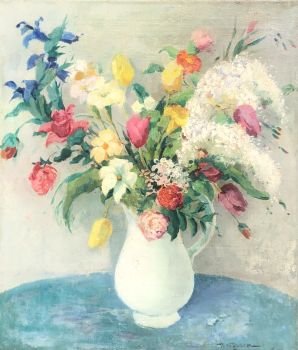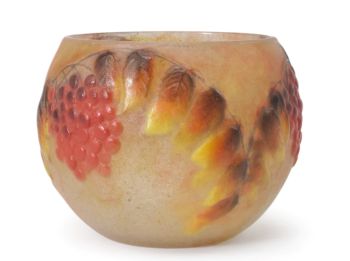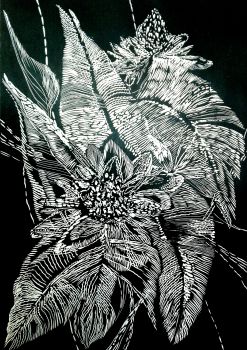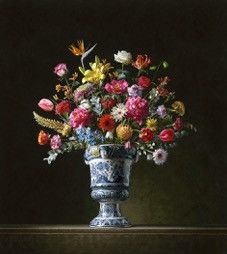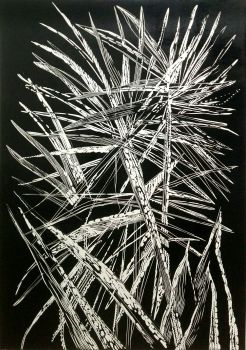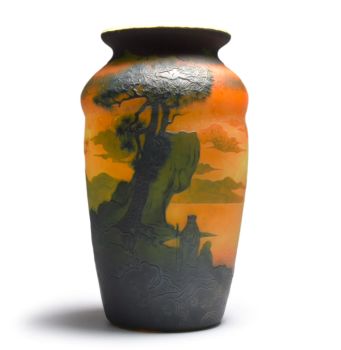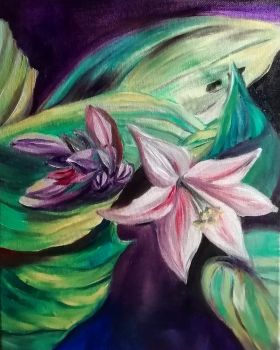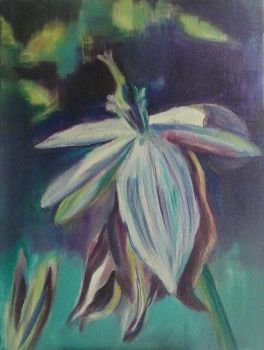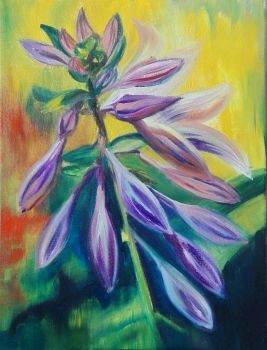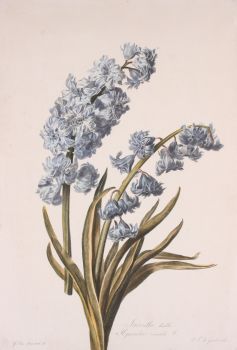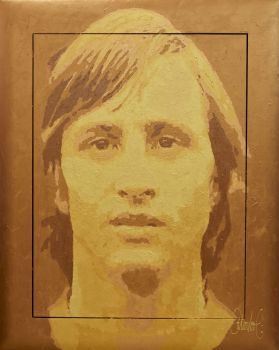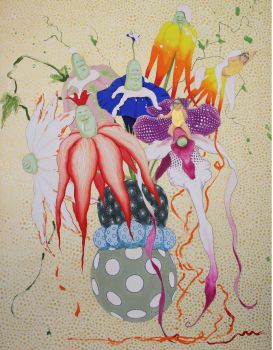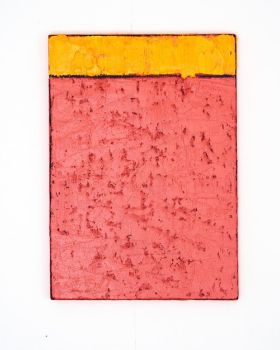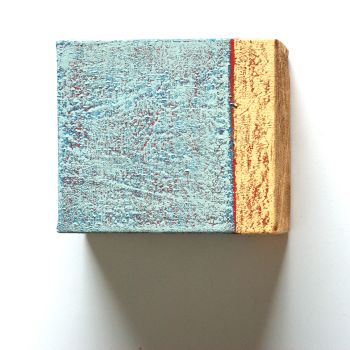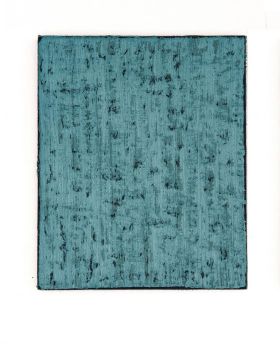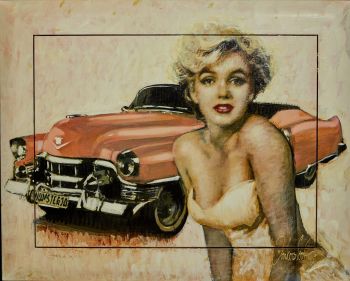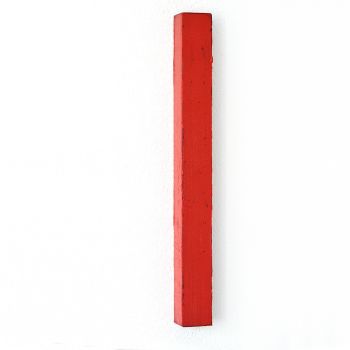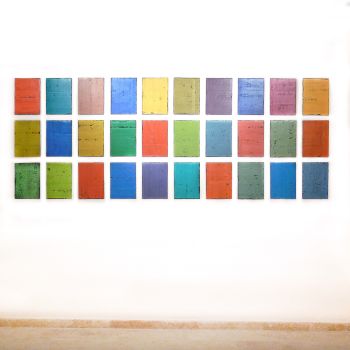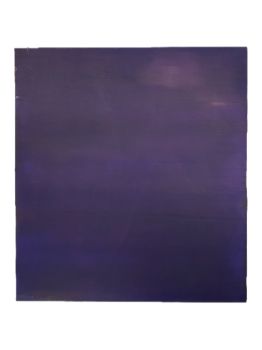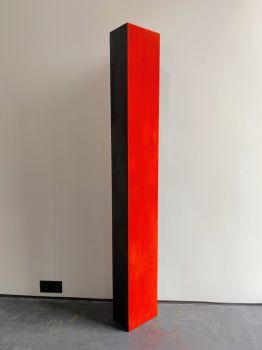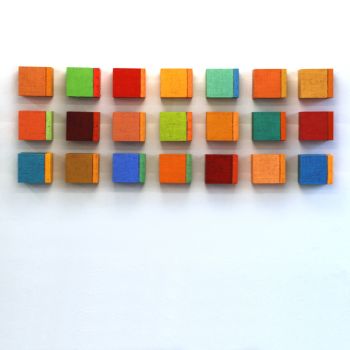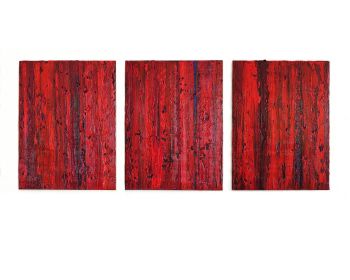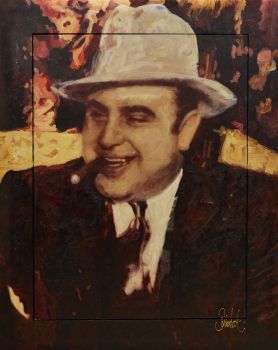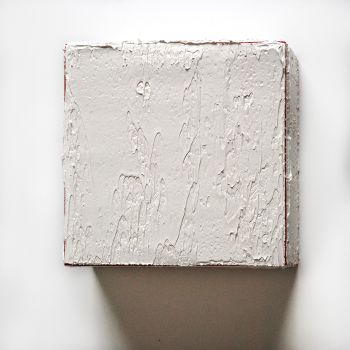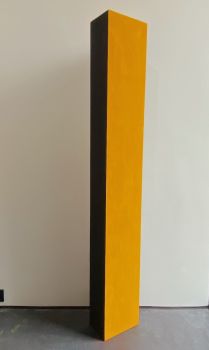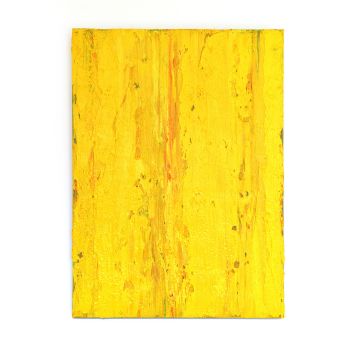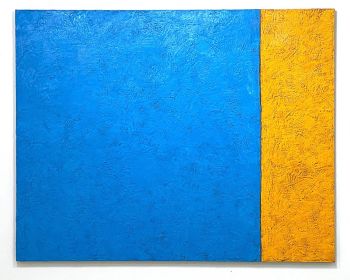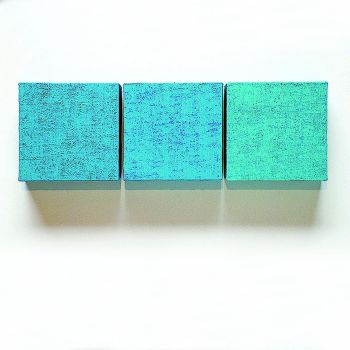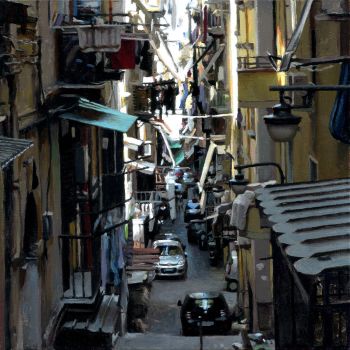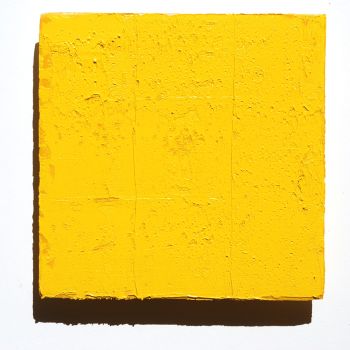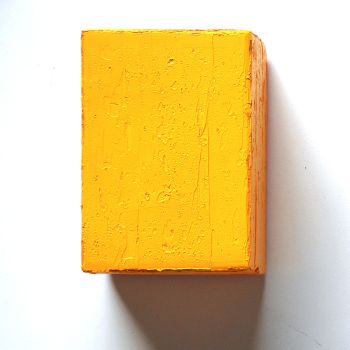Dutch Louis XV Mirror 1740
Artista Desconocido
GiltwoodMadera
190 ⨯ 91 cm
Actualmente no disponible a través de Gallerease
- Sobre la obra de arteA large Dutch Louis XV mirror with an exuberantly carved frame of gilt limewood. The mirror has a waisted shape with an extravagant rocaille crest of seven acanthus leaves curling upward. The crest is flanked by two dragons with curling tails. The frame is decorated with, partly openwork, woodcarving.
The lower part of the mirror has large openwork areas framed in stylized leaf motifs. A rocaille running over the middle gives the impression that the mirror is divided in two parts. The middle of the rocaille is decorated with another dragon. The mirror expresses an extremely rich and airy character.
This exceptional specimen has a very unusual form. Probably the artist found his inspiration in English sources.
Throughout the eighteenth century mirrors are put up over the fireplace or between windows. As such they were an integral part of the interior. Often mirrors were flanked by wall sconces or candelabra to get maximum benefit of the candle light. Large mirrors were costly in the day and were the showpieces in an interior to demonstrate wealth. - Sobre el artista
Puede suceder que un artista o creador sea desconocido.
Algunas obras no deben determinarse por quién está hecho o por (un grupo de) artesanos. Algunos ejemplos son estatuas de la Antigüedad, muebles, espejos o firmas que no son claras o legibles, pero también algunas obras no están firmadas en absoluto.
También puedes encontrar la siguiente descripción:
•"Atribuido a …." En su opinión, probablemente una obra del artista, al menos en parte.
•“Estudio de….” o “Taller de” En su opinión, una obra ejecutada en el estudio o taller del artista, posiblemente bajo su supervisión
•“Círculo de…” En su opinión, una obra del período del artista que muestra su influencia, estrechamente asociado con el artista pero no necesariamente su alumno.
•"Estilo de …." o “Seguidor de…”. En su opinión, una obra ejecutada al estilo del artista pero no necesariamente por un alumno; puede ser contemporáneo o casi contemporáneo
•"Manera de …." En su opinión una obra al estilo del artista pero de fecha posterior
•"Después …." En su opinión, una copia (de cualquier fecha) de una obra del artista
•“Firmado…”, “Fechado…” o “Inscrito” En su opinión, la obra ha sido firmada/fechada/inscrita por el artista. La adición de un signo de interrogación indica un elemento de duda.
•“Con firma…”, “Con fecha…”, “Con inscripción…” o “Lleva firma/fecha/inscripción” en su opinión la firma/fecha/inscripción ha sido añadida por alguien que no es el artista
Artwork details
Related artworks
Artista Desconocido
A Surinam-themed Amsterdam long-case clock1746 - 1756
Precio a consultarZebregs & Röell - Fine Art - Antiques
 curada por
curada porGallerease Magazine
Artista Desconocido
IMPORTANTE Y RARO PINTURA INDIA DE ESTILO DE COMPAÑÍA EN MARFIL QUE REPRESENTA UN DESFILE1850 - 1900
Precio a consultarZebregs & Röell - Fine Art - Antiques
 curada por
curada porDanny Bree
1 - 4 / 12Artista Desconocido
A Surinam-themed Amsterdam long-case clock1746 - 1756
Precio a consultarZebregs & Röell - Fine Art - Antiques
 curada por
curada porGallerease Magazine
1 - 4 / 17- 1 - 4 / 24
Roman & Henriëtte Reisinger
Bloemstilleven met Satervaas2022
Precio a consultarAtelier/ Galerie H&R Reisinger
1 - 4 / 24Rene Rietmeyer
"USA South Florida January 2006"2006
Precio a consultarEuropean Cultural Centre Collection
1 - 4 / 24



